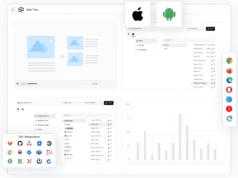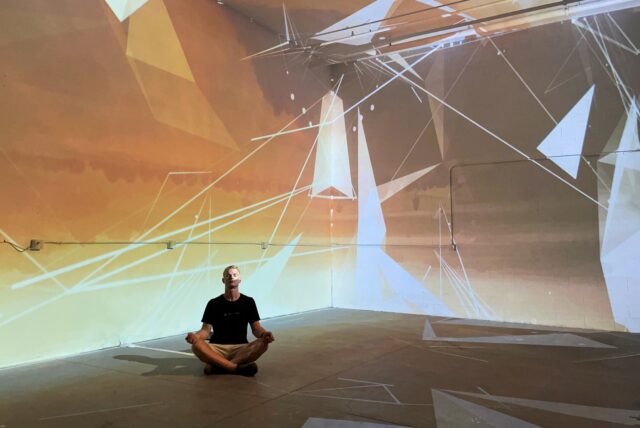
In an age where technology continues to transform how we express creativity, one tool stands out for its ability to turn the every day into the extraordinary, mapping projections.
Born from the marriage of art and technology, projection mapping is a method that transforms static objects and spaces into lively canvases of light and movement. This article dives deep into the mapping of projections, from their origins to their applications, tools, and the future.
History and Evolution
Projection mapping, also known as video mapping or spatial augmented reality, traces its roots back to the 1960s. It began with artists and filmmakers seeking new ways to overlay images on physical surfaces. From the rudimentary projectors of yesteryears to today’s high-lumen devices, the core concept has remained: blending real and virtual to create immersive experiences.
By the late 1990s and early 2000s, with more powerful projectors and sophisticated software, projection mapping took center stage at events, installations, and shows. Major landmarks, like buildings and bridges, became nighttime spectacles, telling stories in vivid colors and animations.
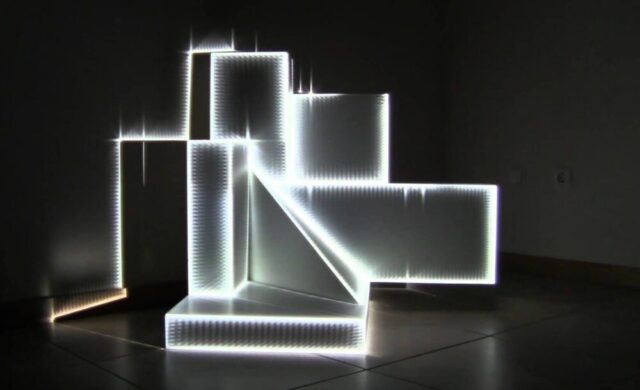
How It Works
The fundamental principle behind projection mapping is surprisingly straightforward. At its core, it involves using specialized software to warp and mask the projected image to make it fit perfectly onto irregularly shaped screens or surfaces.
- Scanning and Modeling: First, the physical space or object is scanned, usually using a method like photogrammetry or laser scanning, to create a digital 3D model.
- Designing the Content: Artists then use this digital model as a template to design the visuals. This can be anything from simple light patterns to intricate animations.
- Mapping: The content is then ‘mapped’ onto the digital model, ensuring it aligns perfectly with the physical space.
- Projection: Using high-powered projectors, the content is beamed onto the real-world object, transforming it into a dynamic visual display.
Tools of the Trade
Modern projection mapping projects rely on a combination of hardware and software.
Hardware
- Projectors: Depending on the scale, projectors can range from consumer-grade to professional models with tens of thousands of lumens.
- Sensors: For interactive installations, sensors like infrared cameras or motion detectors are crucial.
- Computers: High-performance computers handle the rendering and real-time adjustments.
Software:
Several specialized software applications facilitate projection mapping. Tools like MadMapper, Resolume, and VPT allow artists to align, warp, and blend projections. These tools make it possible to project onto surfaces of varying shapes and sizes with precision.
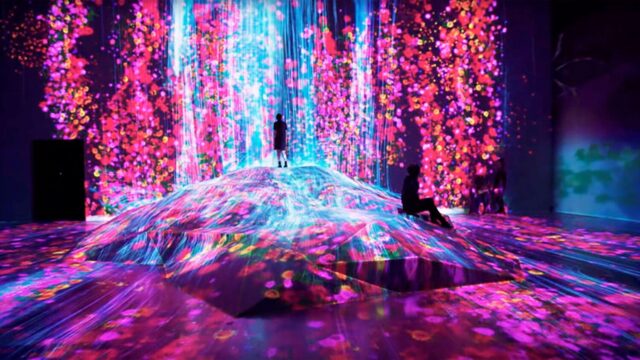
Applications
Projection mapping has found a place in a wide range of domains:
- Entertainment: From Disneyland’s nighttime shows to concert stages, it amplifies the audience’s experience.
- Retail: Brands use it to create captivating window displays or in-store experiences.
- Education: Interactive installations in museums or at exhibitions make learning more engaging.
- Architecture: Historic buildings are rejuvenated with projected tales of their past.
- Art: Artists push boundaries, creating installations that challenge our perception of space and reality.
The Future of Projection Mapping
With the integration of AI and augmented reality, projection mapping’s potential is set to grow exponentially. We might see:
- Personalized Experiences: AI can tailor projections based on individual preferences or reactions.
- Enhanced Interactivity: Augmented reality can elevate user interaction, merging virtual and real.
- Portability: As projectors become smaller and more powerful, we might see projection mapping in more personal settings, like homes or smaller gatherings.
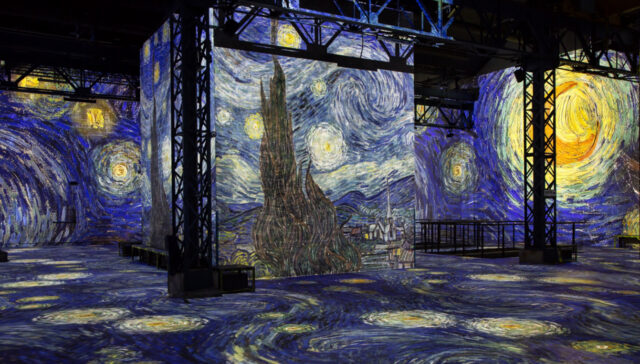
Conclusion
Projection mapping stands at the intersection of art and technology, a testament to human creativity and innovation. As technology evolves, so will how we use it to tell stories, express ourselves, and transform the mundane into the magical. From artists and brands to educators and entertainers, the canvas has never been so vast, and the paintbrush never so powerful.

